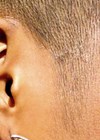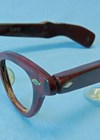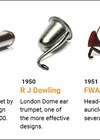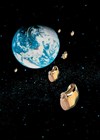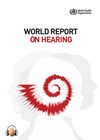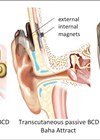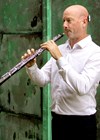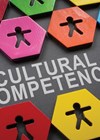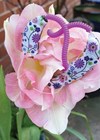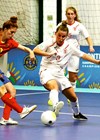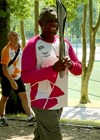Audiology features
The business of audiology: unbundling
Many professions, such as law, accounting, engineering and some areas of healthcare charge hourly rates in a fee-for-service model. Administratively, this can be a challenge to track hours, bill clients/patients, and collect payment, but this does lend toward greater transparency...
Clinical and financial success by providing specialised audiological tinnitus management
Diagnosis and management of a patient with chronic subjective tinnitus is one of the most labour-intensive areas of hearing healthcare. This is one reason some hearing care providers opt to exclude specialised tinnitus care from their practice: it may not...
CROS hearing aids existed 10 years before they were even invented!
We all know the principles of CROS aids and the potential benefits they provide to patients, but did you know they were invented many years before they were officially described in literature? In this engaging article, Neil Bauman explains how...
A brief history of the acoustic ear trumpet and some collection favourites
If you think you know a thing or two about ear trumpets, I’d bet Michael Briggs knows more! In this fascinating article, he tells the history of the ear trumpet, as well as sharing some wonderful pictures from his Guiness...
Technological advances in hearing aids and their significance for people with hearing loss during a period of more than 100 years
Over a century of progress in hearing aid technology has transformed the lives of those with hearing impairments. From the bulky, conspicuous devices of the past, to today’s sleek, AI-powered solutions, this article explores the three key eras of development....
The history of person-centred hearing care
In the World Report on Hearing, launched by the World Health Organization (WHO) on 3 March 2021, the use of person-centred care is highly recommended. In this article, we learn about the history of person-centred healthcare and hearing care. But...
The history of bone-conduction devices
The evolution of bone-conduction hearing devices from the 1400s’ rudimentary designs to today’s advanced models has greatly improved hearing for individuals with conductive or mixed hearing loss. This article delves into the history and technical advancements over the years, as...
Implants and the identity of self
Hearpeers is MED-EL’s international community for people with hearing implants and those considering getting a hearing implant, as well as their families and friends. This group enables people to connect with hearing implant recipients from around the world to learn...
Deaf identity in audiology services: exploring the significance and implications
Dr Celia Hulme, a culturally Deaf * sign language user, draws from her personal experience and extensive PhD research on Deaf signers’ experiences with audiology services. *In this article, the convention of using an uppercase ‘D’ is used to denote...
Celebrating deaf identity through art: the ‘Hearing Care for ALL’ Virtual Gallery Project
Dr Dalia Tsimpida tells us about the art initiative she created in the midst of the pandemic to promote ear and hearing care, and celebrate the vibrant and diverse world of deaf identity. In the face of the COVID-19 pandemic,...
Be who you needed when you were younger
Trainee audiologist, deaf England futsal player and deaf advocate Zara Musker discusses finding her own deaf identity: “It’s part of me but not all of me”. Am I an audiologist? A deaf England futsal player? An advocate for deaf individuals?...
Embracing deafness and the silent world
Brian Kokoruwe shares his journey from growing up during civil war in Nigeria to becoming Director of Deaf UK Athletics and a published author. While I am active in the Deaf BSL community, involved in Deaf sports and the Government...



